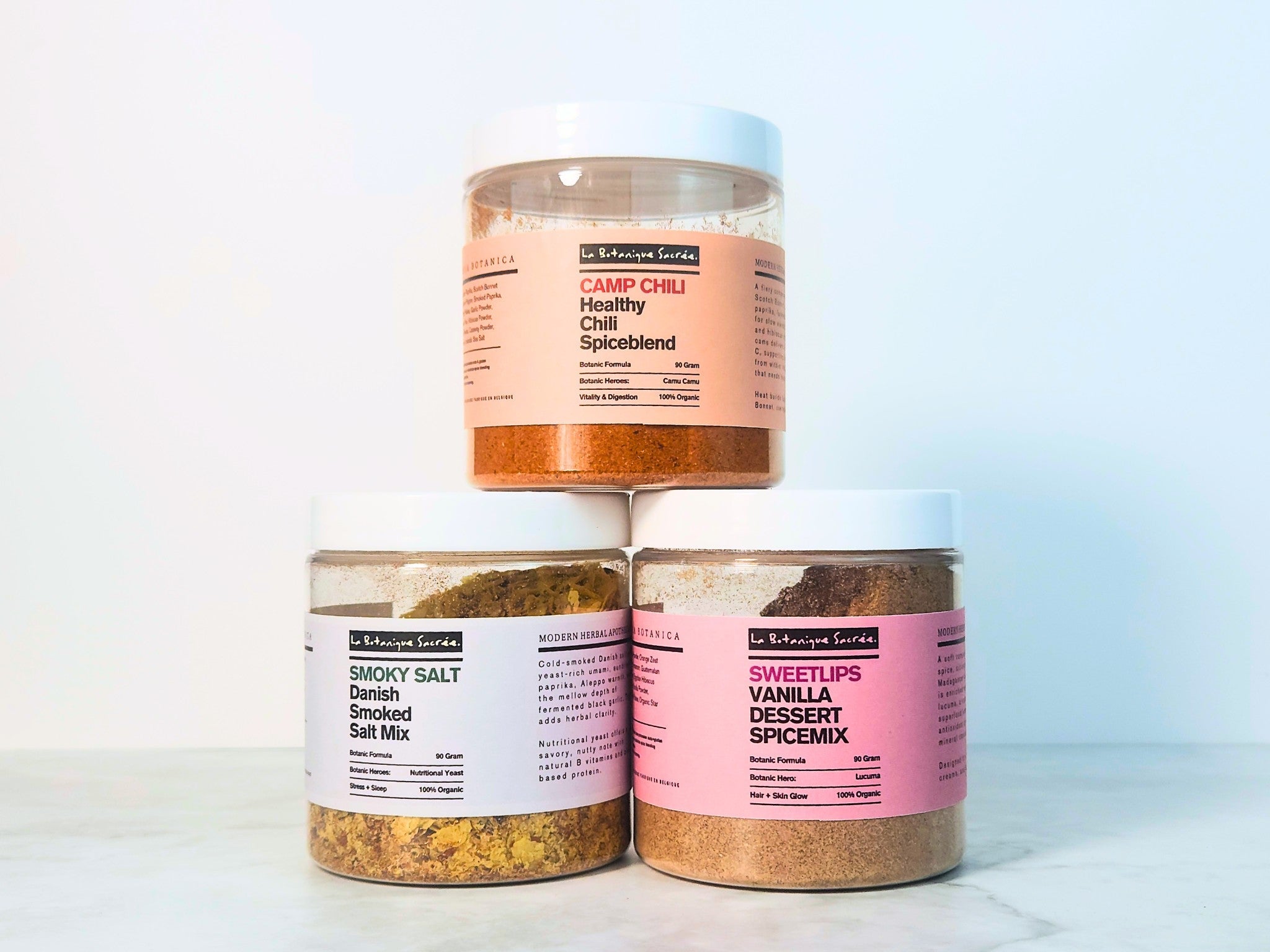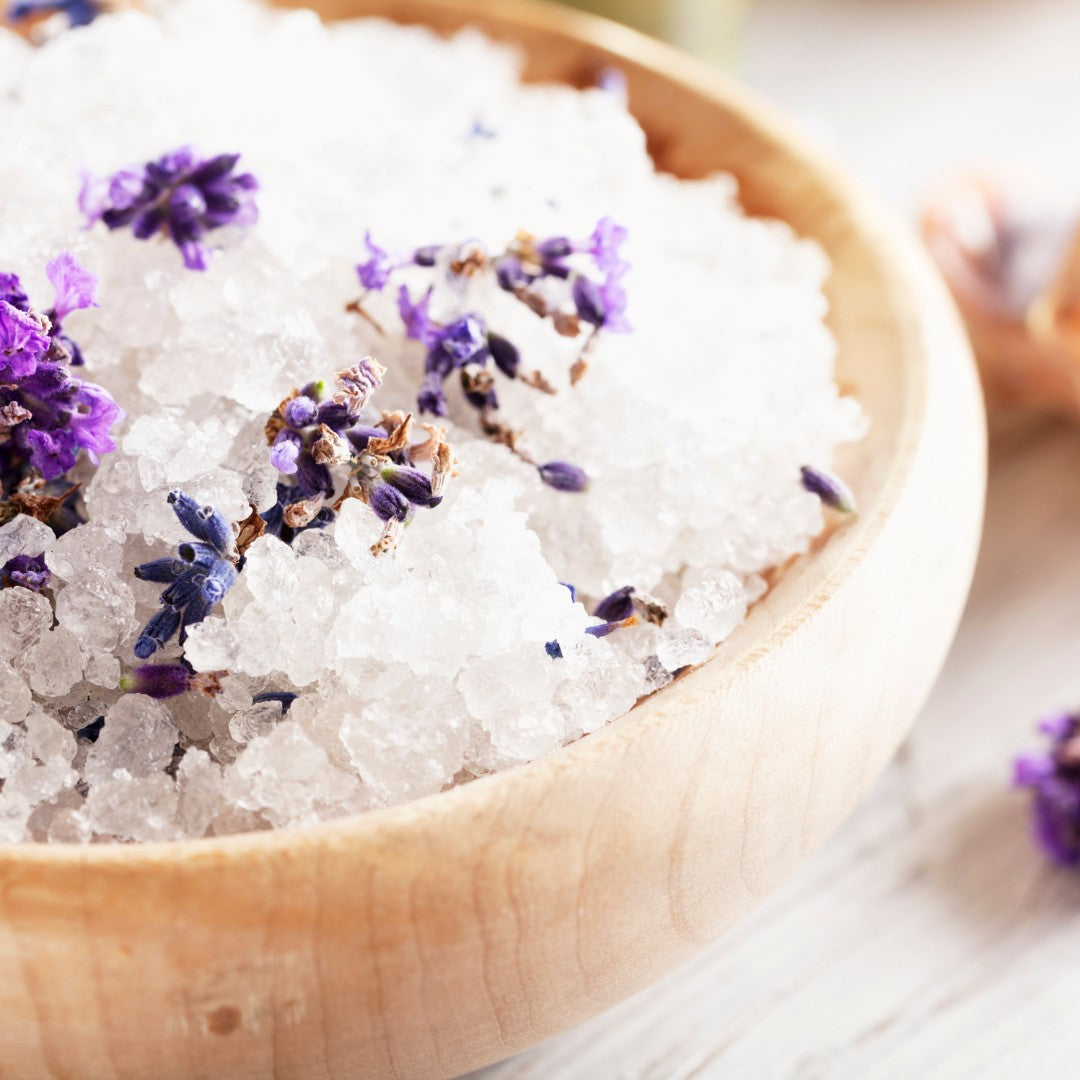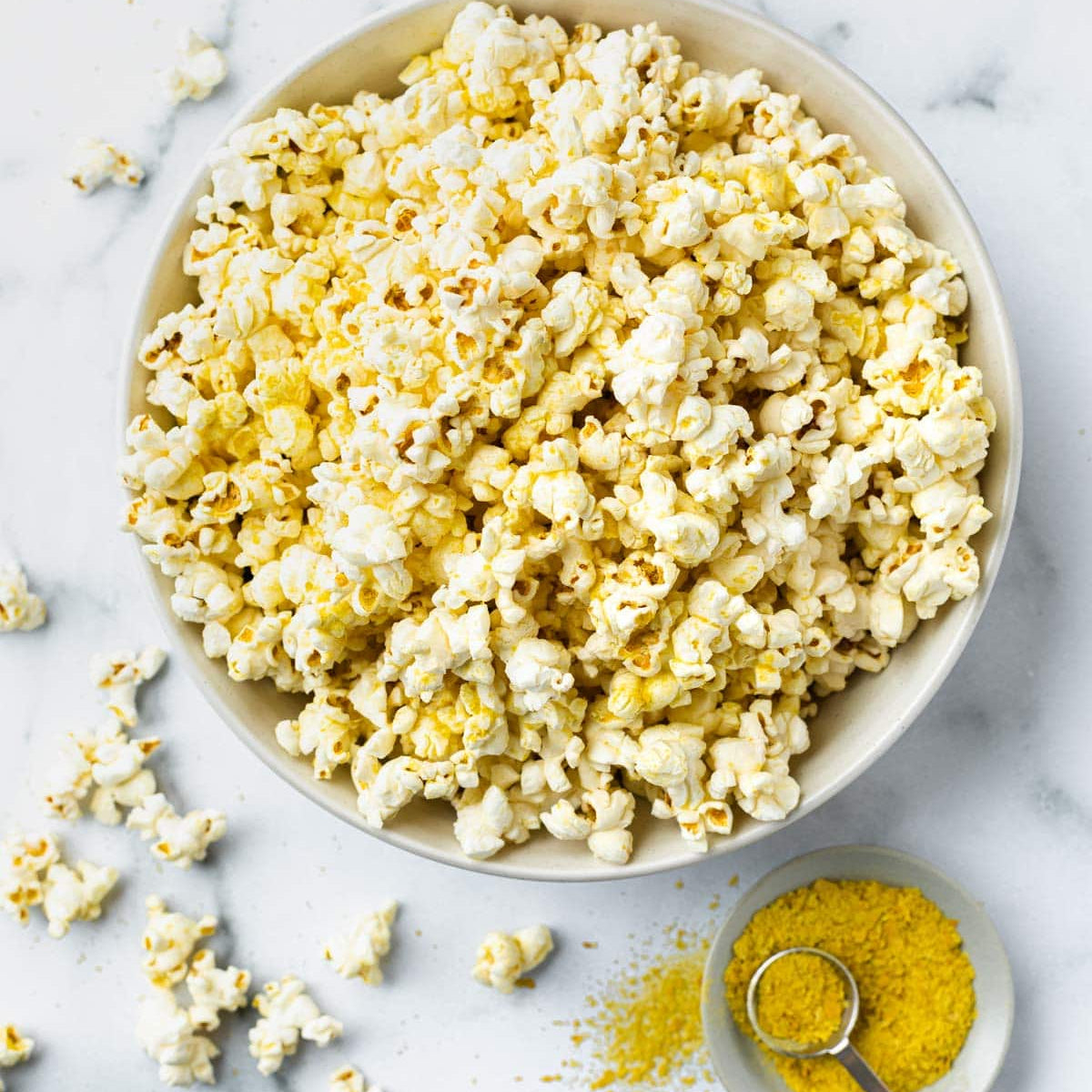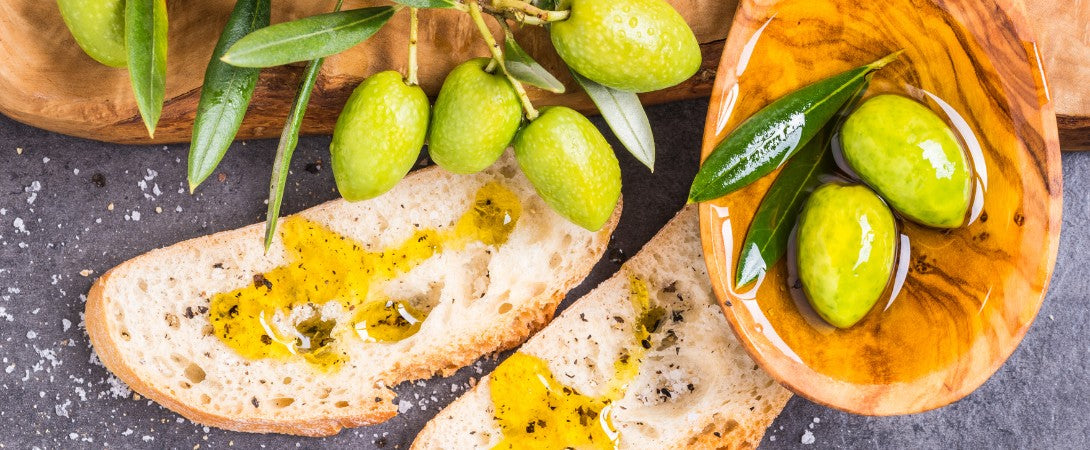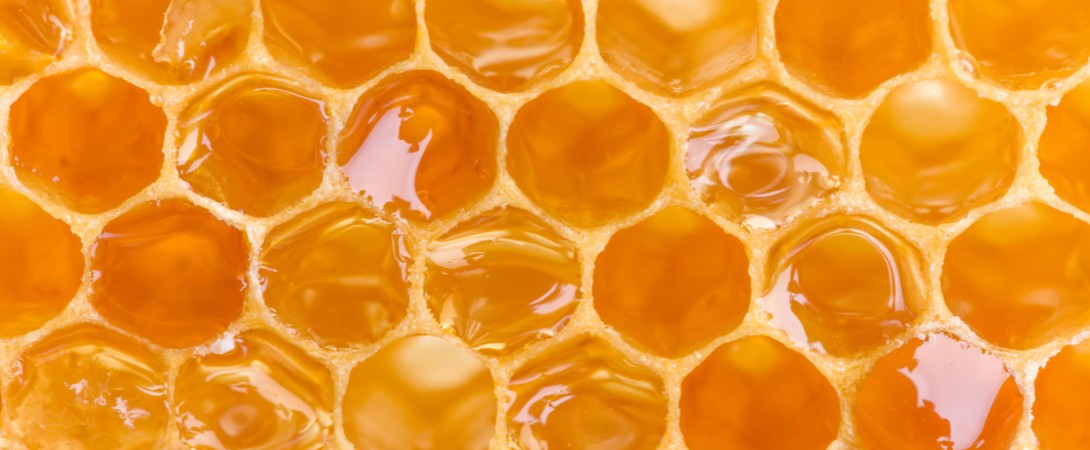Ceremonial Matcha for focus and gourmet taste
Ceremonial Matcha sits at the apex of the green‑tea spectrum. Shade farming for up to four weeks, hand‑picking the first flush, and slow granite milling create a microscopically fine powder with vivid jade colour and layered umami .
Culinary matcha relies on later harvest leaf, high‑speed metal mills and delivers larger particles, muted olive tone and sharper tannin better suited to cooking.
Ceremonial grade therefore stands apart in colour, aroma and nutrient retention, making it the reference matcha within La Botanique Sacrée.
Science and Composition
Chemical Composition
Shading leaves for twenty days amplifies chlorophyll, increasing the pigment pheophytin that yields the signature jade hue. Total catechins average 60–110 mg g⁻¹, with epigallocatechin gallate dominating pmc.ncbi.nlm.nih.gov .
L-theanine , an umami amino acid, rises after shading and balances caffeine stimulation. Ceremonial Matcha supplies 20–45 mg of caffeine per gram, moderated by theanine to promote calm alertness
Origin & Nutritional Composition
First‑flush tencha from Kagoshima and Uji is steamed, cooled and slowly granite milled at barely thirty grams an hour to protect heat‑sensitive aromatics.
One gram supplies about five calories, potassium, calcium and dietary fibre, along with vitamins A, C and K because the whole leaf is ingested.
Reported Health Benefits
Catechins scavenge free radicals and may protect cardiovascular health healthline.com .
Synergy between theanine and caffeine can improve sustained focus, while EGCG modulates blood glucose and supports metabolic homeostasis.
Small-scale studies suggest anti-inflammatory actions and oral microbiota support, though further clinical validation is ongoing
Heritage and Function
Cultural Significance & Historical Significance
Powdered tea travelled from Song-dynasty China to Japan with the Zen monk Eisai in 1191; he promoted tea as a tonic for mind and body and planted the first tea groves at temple grounds near Kyoto.
By the sixteenth century Sen no Rikyu codified chanoyu, emphasising harmony, respect, purity and tranquility, turning Ceremonial Matcha preparation into a disciplined art that blended religion, philosophy and aesthetics.
Feudal leaders such as Toyotomi Hideyoshi hosted grand tea gatherings, most famously the 1587 Kitano Tea Ceremony, to display cultural legitimacy.
Samurai carried matcha cakes during campaigns because the beverage offered concentrated nutrients and mental clarity on the march. Modern tea schools—Urasenke, Omotesenke and Mushanokojisenke—maintain formal transmission of the tradition, while national and local groups seek UNESCO recognition of chanoyu as living intangible heritage
Flavor Profile
Ground thyme delivers sweet anise, light eucalyptus, and woodsy citrus with mild pepper heat; the powder disperses fast, releasing aroma in low-oil matrices like vinaigrettes and salts.
Fun Tidbits
- Stone mills carved in 1888 are still used; one mill yields just 30 g in an hour.
- Tea rooms customarily feature a low entrance to inspire humility.
La Botanique Sacrée's Approach
Ceremonial Matcha fits the modern apothecary vision: nutrient-dense leaf, disciplined craft and restrained aroma. The colour grants visual vitality while balanced caffeine aligns with contemplative rituals.
Products featuring ground thyme
MATCHA SAL – finishing salt with ceremonial matcha, yuzu zest and strawberry crunch.
NOOCHAS Matcha Lime - Snackable nooch sprinkle built on Japanese matcha salt and ceremonial matcha with lemon peel and green jalapeño for bright, savory lift.




